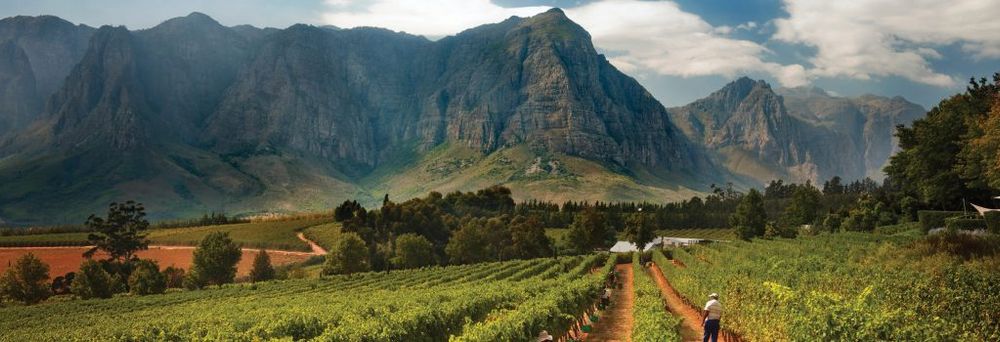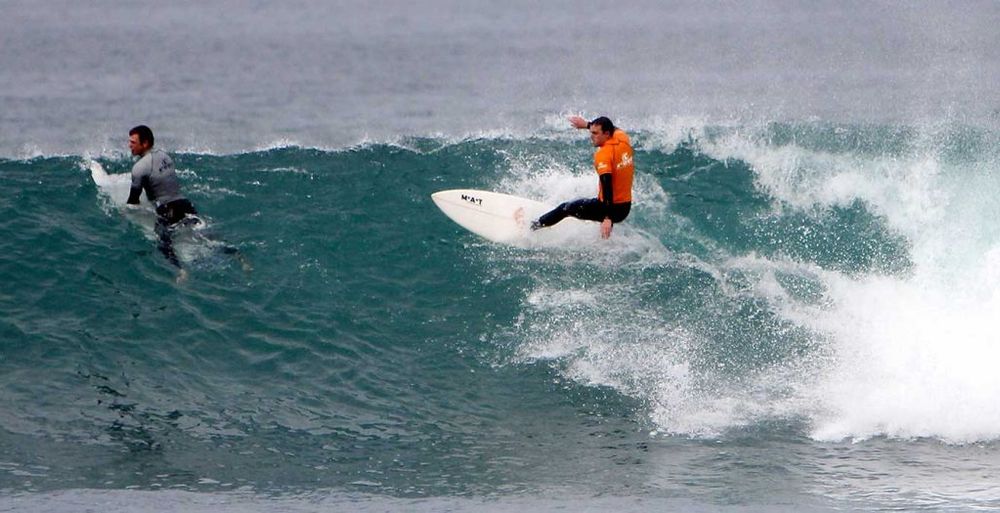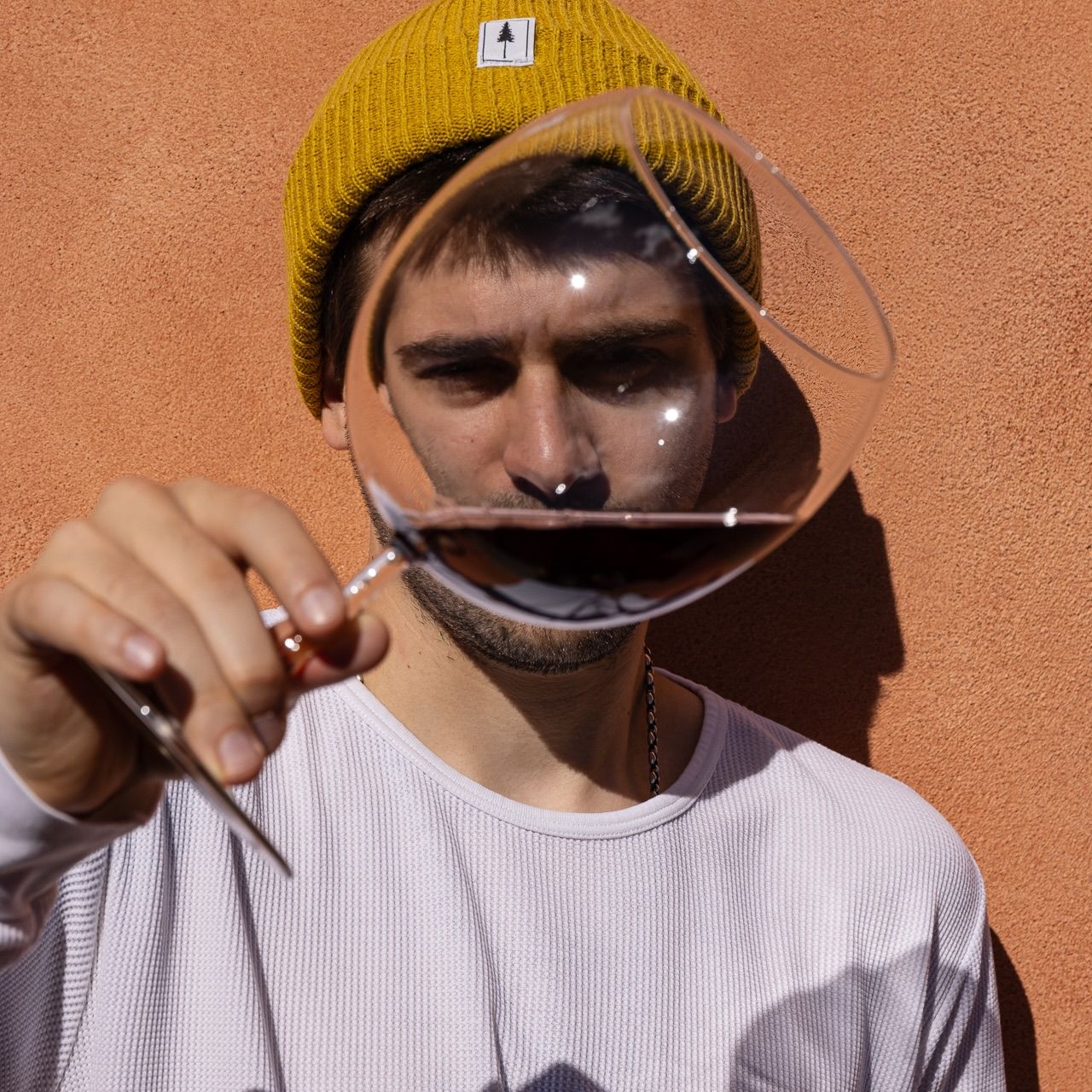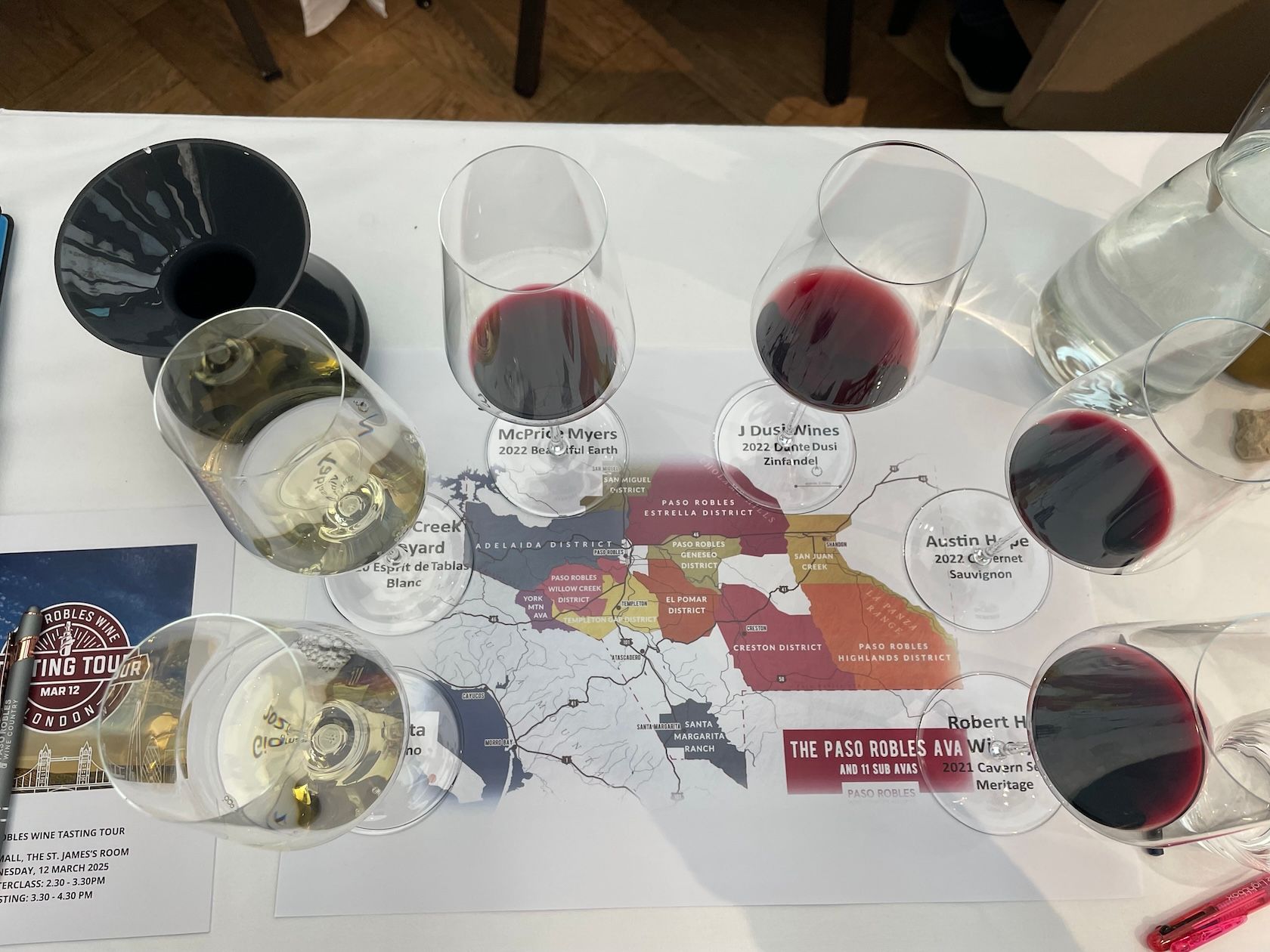Why South Africa has the diversity, the energy and the personality to lead the world with exciting, innovative wines.

Trends and reality usually lag behind each other to a lesser or greater extent, no more so with regards to wine. If you were in the wine industry in the UK 10 to 15 years ago then Roséand Pinot Grigio were en vogue, with New Zealand Sauvignon Blanc already having taken over the pioneer mantle from Australian Chardonnay. There are very few people who called all four of these trends correctly and fewer still who benefited commercially.
My view of a wine trend is that any movement in behaviour must survive beyond a two year fad, and become commercially viable on whichever scale is appropriate for the brand, by the third year of operation.
One doesn’t have to the brightest, the biggest, or even the first in order to capitalise on emerging trends, but you do have to be open to the idea of innovation in order to benefit from and drive trends forward.
This is the primary trend that I foresee on virtually every front from South Africa in the next three years.
In 2010, with plenty of focus on South Africa fuelled by the FIFA World Cup, South African wines were expected by various commentators to be more environmentally friendly both in terms of their production and packaging, and we would be sending more unusual varietals to market. Budget conscious consumers following the crash of 2008, would still be driving demand at the cheaper end of the market.
But what happened? Environmentally friendly wines have increased in supply with South Africa producing over 60% of all Fairtrade wines globally. A few unusual varietals and blends have emerged, although Chenin Blanc is pretty much now firmly established alongside other white wine varietals. Pinotage, however, continues its quest for global recognition.
The previous competitive advantage of price over all other measures is now being actively questioned by brand owners.
Trends published in early 2016 talked about fine wines from South Africa commanding far higher prices than they had ever done before, lighter styled red wines would be en vogue, and South Africa would follow the global trend of more wines being served by the glass. Rosé and Sparkling wine would continue to boom and the rise of craft on every front would impact production and consumption alike.
The results are clearly still mixed as the year is not yet over. But the value trends seen this year to major export markets (see below), and the continued positive growth in value generated by the Nederburg Auction and Cape Winemakers Guild auctions do demonstrate a trend of sorts.
Rise in importance of domestic sales of South African wine

Craft and all that it entails has been with the South African wine industry for some time, but the other trends are repetitions of global trends and not indicative of what is coming out of South Africa per se. What had been foreseen in some quarters, and is now a reality, is the growth of domestic consumption of wine in South Africa which had for many years been ignored.
This trend is perhaps the most important long term trend for South African brands.
As 2017 rushes upon us, the South African Wine Industry Information and Systems body (SAWIS) data shows a number of trends that have emerged over the last 12 months – to the end of September 2016. White and red wines which represent 93% of all exports are experiencing strong value growth in all key export markets. But r rosé and sparkling wines are lagging behind.
This alone represents an opportunity for importers and South African brands alike. Key markets such as the UK, Germany, Holland and the USA are driving this growth. Anecdotal evidence from many brands is that it is the on- trade and independent retail sectors in these countries that are behind this growth.
It is evident to all involved in the industry that South African wines are catching up style and interest wise with those from the Old World and Australasia. With many South African winemakers now as well known in trade as those from any other country.
From a global perspective it is clear that South African wines will only in very few instances lead category growth. There isn’t another Swartland trend happening anytime soon, and as exciting as the Overberg region is, it still has some way to go before reaching the cult status enjoyed by the former region.
Plotting future South African trends
So where will the excitement and interest come from in the next three years?
Firstly, look beyond the usual suspects for innovation and new methods of wine brand communication. The South African wine industry has clearly aligned along value or volume lines, with value driven philosophies now to the fore. The large cellars and corporates brand owners have definitively pulled away from the mid sized and smaller brands and this will permanently alter the industry’s make-up as they seek to leverage their scale in order to extract value.
What this does to wine quality is, of course, key to their brands surviving and thriving. Whilst retailers the world over dominate actual volume sales, their consumers and as a a result their buyers, are seeking innovation and points of difference at every price point, most especially in the on-trade and independent retail sectors.
Expect South African brands of all sizes to exploit this trend as the larger brands innovate far slower than their smaller comrades. I expect the winners to come from small and mid sized brands.
Consumers spend is divided between high net worth spenders, buyers of so-called luxury brands, and the vast majority of consumers who are expected to purchase so called scale or mass brands. The quest for a share of this latter consumer group’s pockets, whilst attempting to extract some value, can be seen in the hipster rage of the last five years where a multitude of FMCG categories including liquor, sought to generate value via innovation as they couldn’t generate this via volume sales.
Likely winners

Winemakers who surf: the personality and lifestyle of South African winemakers can connect with modern wine drinkers
Millennial consumers demand authenticity and value in every FMCG interaction, and Generation X consumersknow value and actively seek it out above spending on inferior products. The result is that textured and multi dimensional wine brands, both in terms of the wine itself and the brands’ story, will succeed. Innovation is now not only expected, but will need to be accelerated in order to maintain strong consumer relationships.
The quality and value of South African wines, the bright personalities of the industry, and the rich wine culture with its high visual appeal, attract these consumers over and above those that are simply after a nicely flavoured alcoholic drink.
Expect more wine innovation from South Africa and more adventurous brand engagement as brands need to push the experiential boundaries in order to reach their consumer base.
Expect innovative wines from a multitude of brands at slightly higher prices than one would expect from South Africa. Multi-dimensional wines from various regions will emerge as winemakers gain confidence from their recent successes, driven by aromatic white blends, fruit driven reds, and more experimental rosé wines and Sparkling wines.
The next three years will demonstrate clearly that South African wines can lead global innovation.
It would be good to be part of it.









































